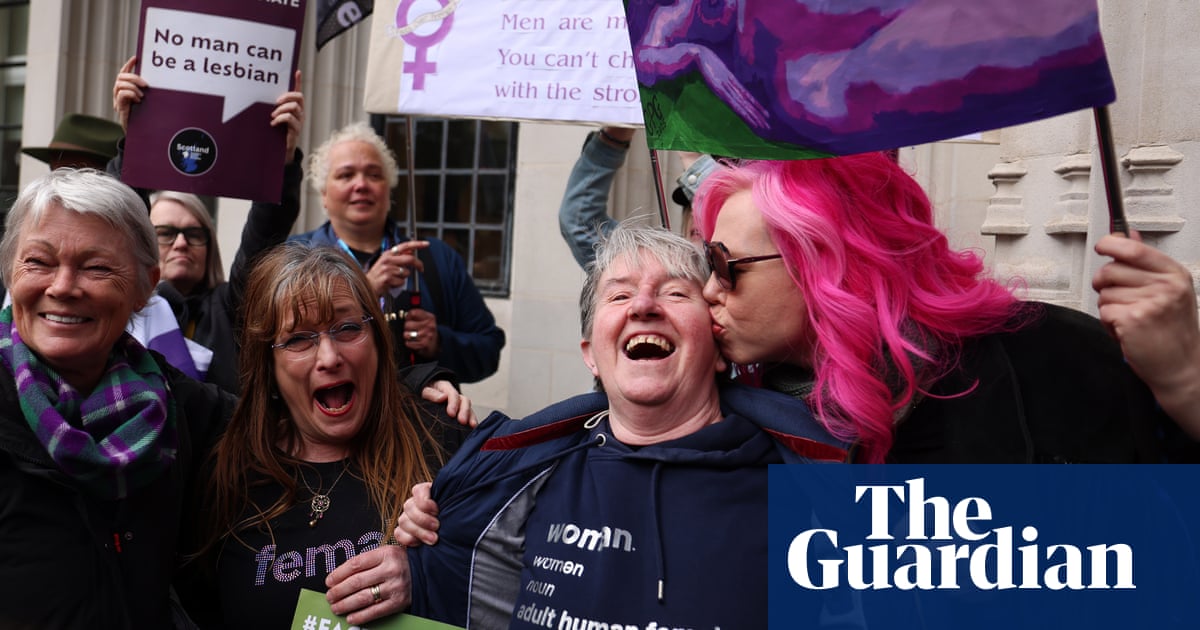She took on the might of establishment and empire to expose the suffering of women and children held in British concentration camps but her story has “faded” from the history books.
From 12 April a series of events are being held at the Cornish home where the pacifist, whistleblower and activist Emily Hobhouse grew up, around the 165th anniversary of her birth, part of efforts to shine a new light on her fight for justice.
Hobhouse travelled from Cornwall to South Africa at the turn of the 20th century and reported back on the awful conditions endured in the British bell tent camps set up during the Anglo-Boer war, but was dismissed as a “hysterical woman” and a traitor.
Her life and times are being celebrated at a new historical attraction called The Story of Emily at the rectory in St Ive, near Liskeard, where she grew up.

On Saturday a talk will be given by a leading Hobhouse expert, at the lovingly restored rectory. There will also be birthday cake baking and kite-making sessions.
Elsabé Brits, who will give the talk, said the British establishment had been embarrassed at what Hobhouse discovered and managed to make her largely “fade” from history.
She said: “Emily Hobhouse was an eyewitness of the British concentration camps during the Anglo-Boer war. Not only did she provide relief, such as food, clothing, and other necessities, but she also compiled a 40-page report, published in June 1901, detailing all her observations and findings.
“This report was discussed in both [British] Houses of Parliament. It generated a significant amount of negative press and denialism. She was called a traitor and a hysterical woman.”
Brits said: “Much of her criticism had a feminist slant, which was also not appreciated, especially since she dared to challenge the mighty British empire during wartime.
“Eventually, a ladies’ commission was appointed to investigate the conditions in the camps, but Hobhouse was not invited to be part of it. This commission’s findings were fundamentally the same as those of Hobhouse.
“However, she was never mentioned in their report nor formally recognised for her humanitarian work in England. She faded from British history.”

Brits said Hobhouse was very relevant today. “When she was abused in the press and public, she did not stand down – she kept on fighting for human rights. She is an excellent role model and a true forgotten British activist who should be remembered along with all the other greats.”
At the centre of the The Story of Emily attraction is Hobhouse’s childhood home, restored to how it would have been when she was 15 in 1875. The “war rooms” at the attraction gives an insight into the conflict and the camps. More events are planned next year to mark the centenary of Hobhouse’s death.
-
For details of The Story of Emily along with admission prices click here. Details of the birthday celebrations can be found here

.png) 1 week ago
16
1 week ago
16













































